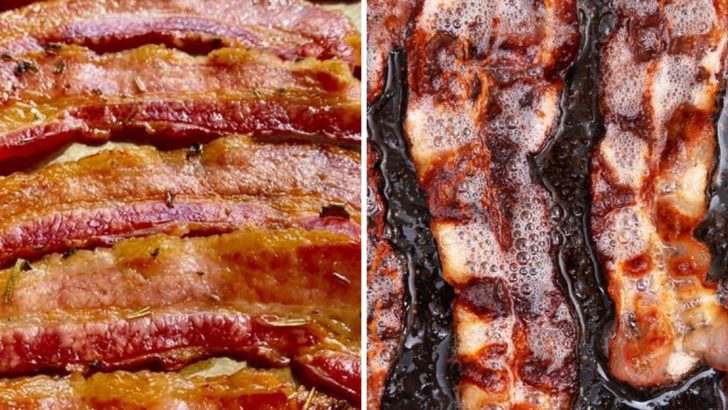Cooking bacon might seem straightforward, yet many fall into the same crispy traps time and again. From improper pan techniques to timing errors, bacon blunders abound.
Here are common pitfalls to ensure your bacon is always cooked to perfection, delivering that satisfying crunch without disappointment.
1. Using A Hot Pan
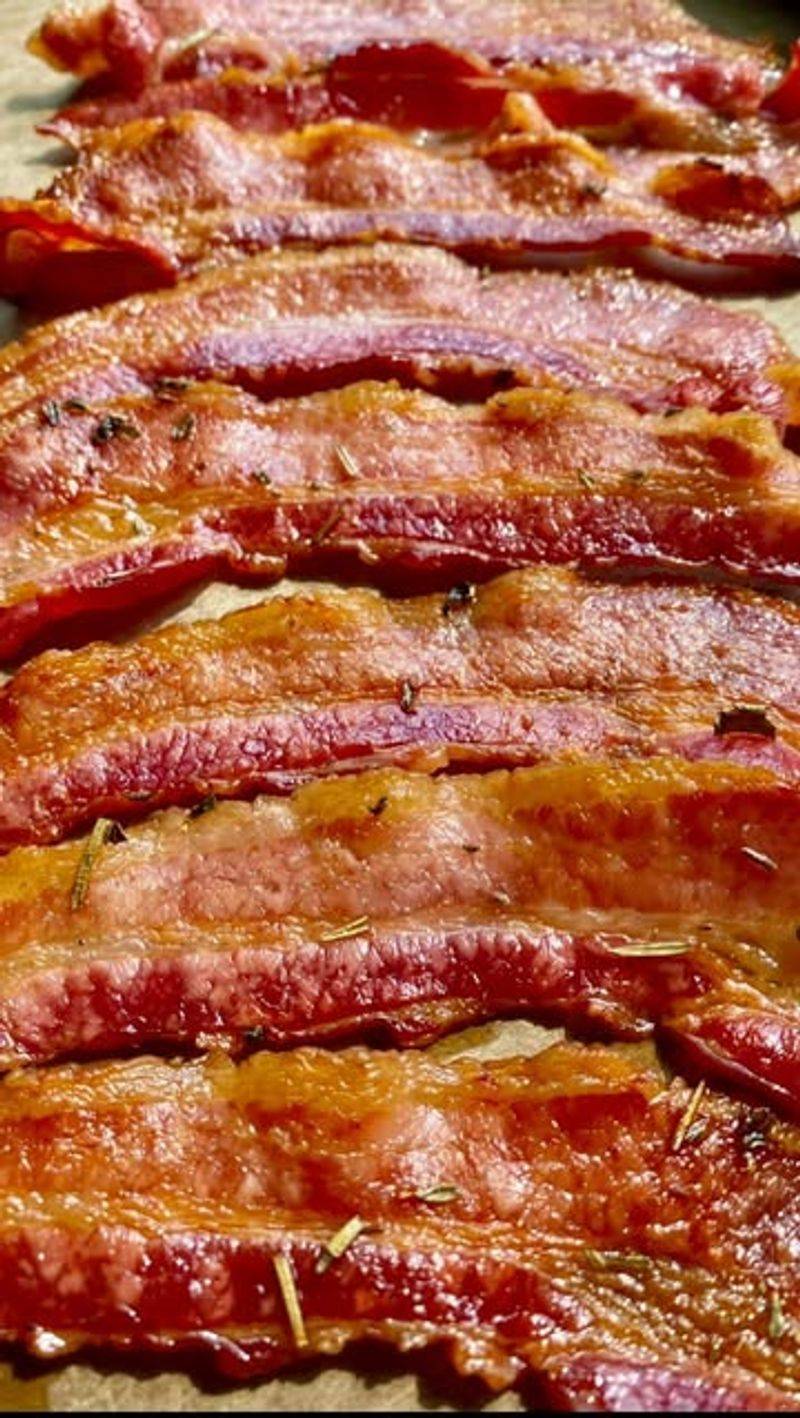
When bacon hits a hot pan, it curls up and cooks unevenly. Start with a cold pan instead. This ensures even rendering of the fat and a crispier outcome.
Avoiding a hot pan is crucial for that perfect bacon strip. Bacon deserves patience, so let it gently heat up.
2. Overcrowding The Pan
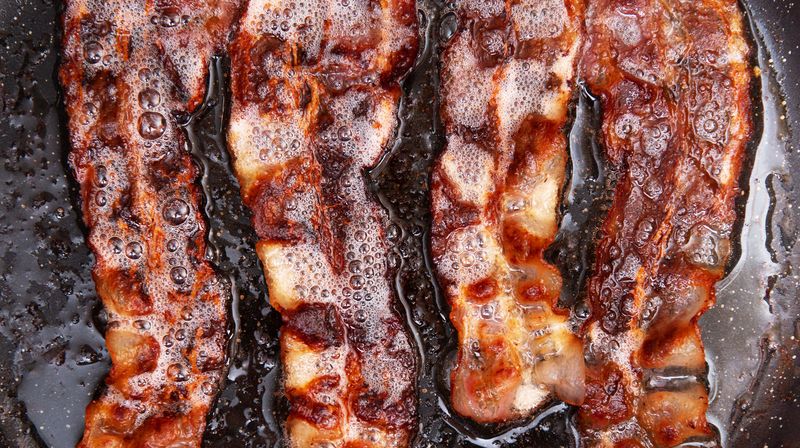
Stuffing the pan with bacon might save time, but it sacrifices quality. Each strip needs breathing room to cook properly. Crowding leads to steaming rather than frying.
This transforms crispiness into sogginess. Give each piece its space. Bacon strips need personal space to shine.
3. Ignoring The Bake Option

Frying isn’t the only route to crispy bacon. Baking offers a consistent cook with less mess. It’s an overlooked method that deserves your attention.
Lay strips on a baking sheet, pop them in the oven, and let time do the work. This hands-off approach results in evenly cooked bacon.
4. Using High Heat
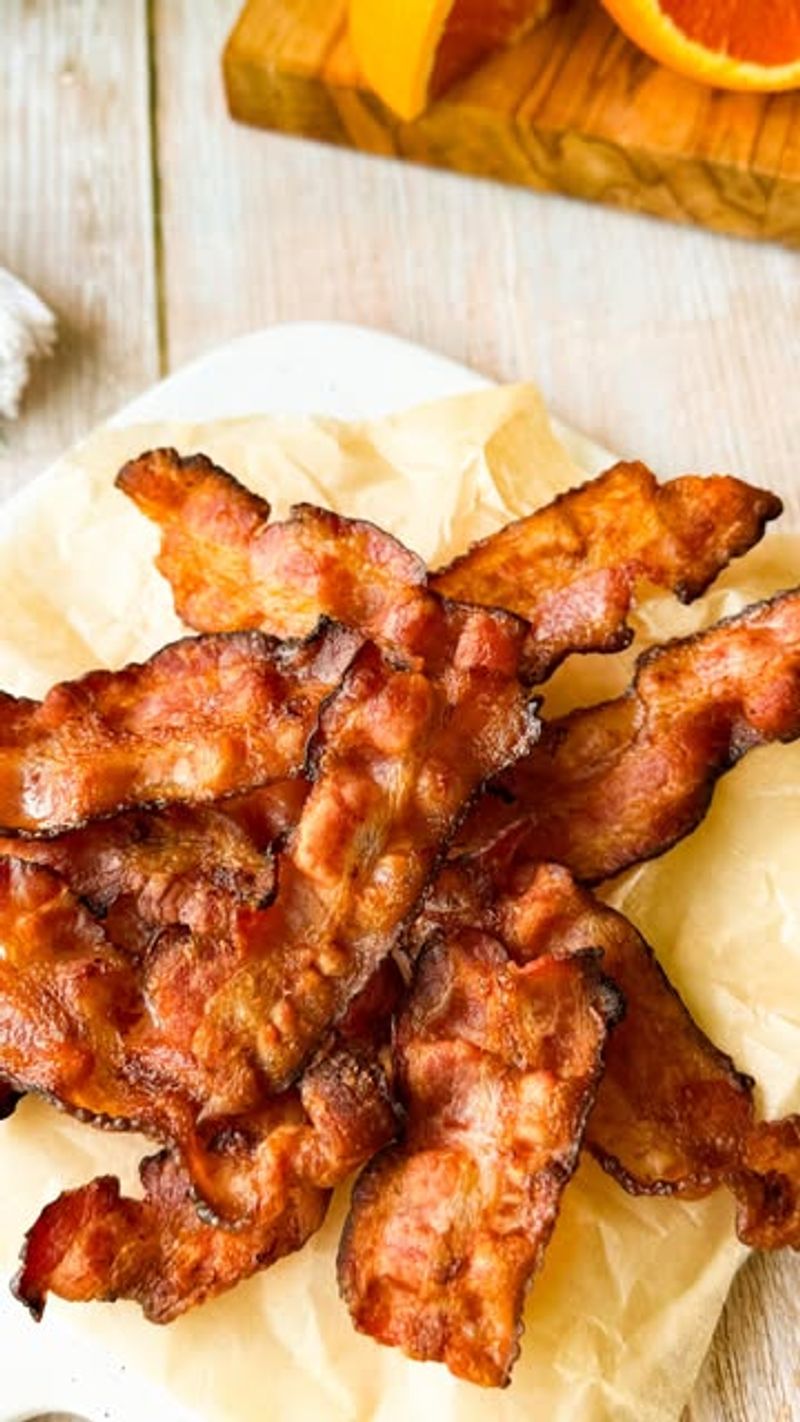
Turning up the heat may seem quick, but it’s a mistake. Bacon needs gentle heat to render fat properly. High heat causes burning on the outside while the inside remains chewy.
Lower the temperature and let the bacon cook slowly. Patience rewards you with crispy, evenly cooked strips.
5. Skipping The Flip
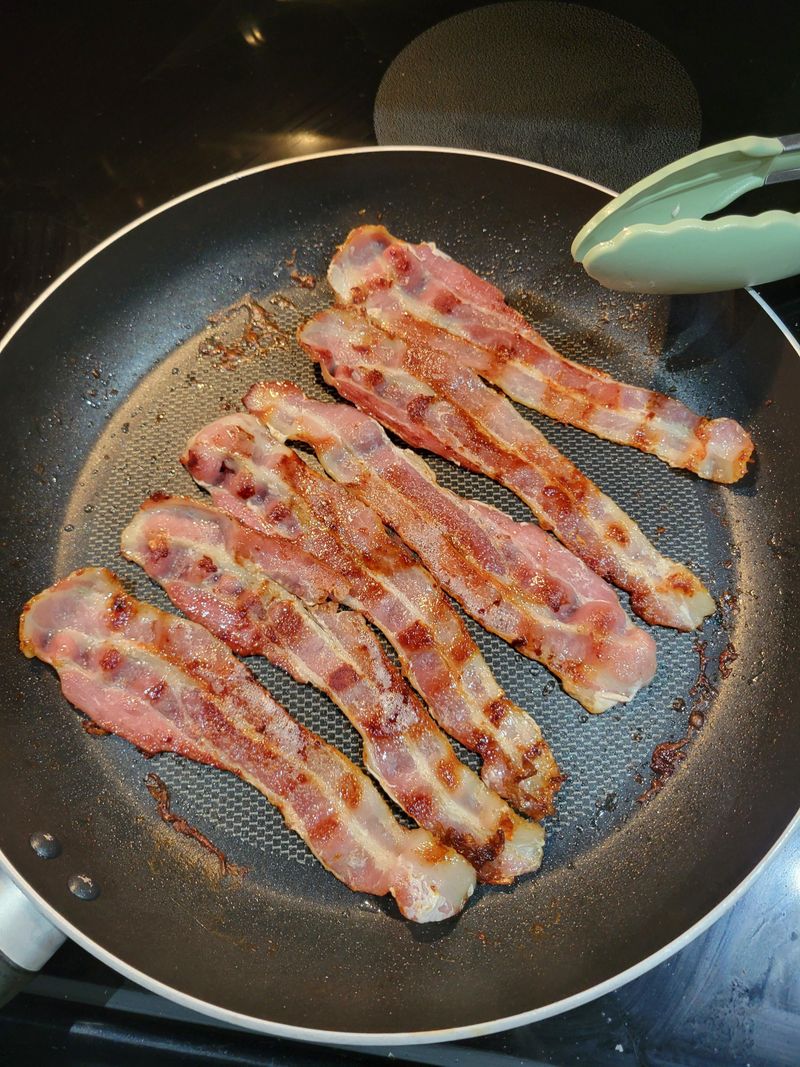
Flipping bacon might seem obvious, yet it’s often overlooked. Each side needs equal attention for perfect texture.
Don’t just cook one side; give each strip a turn. This ensures even cooking and prevents one side from burning. Flipping is crucial for achieving balanced crispiness.
6. Using Thin-Cut Bacon

Thin bacon cooks too fast and can easily burn. Opt for thick-cut to control the cooking process. Thick slices allow for better fat rendering and more flavor.
Thick-cut bacon gives you control over texture and taste. You’ll find it more forgiving and satisfying. Thin bacon is like a flash in the pan—gone before you know it.
7. Ignoring Fat Render

Fat is flavor, and bacon’s fat is no exception. Ignoring fat render leads to dryness. Let bacon cook in its own fat for better flavor and texture.
Rendered fat acts as a natural basting agent. This enhances the bacon’s taste and ensures even cooking. Embrace the fat for a more flavorful strip.
8. Salting Bacon
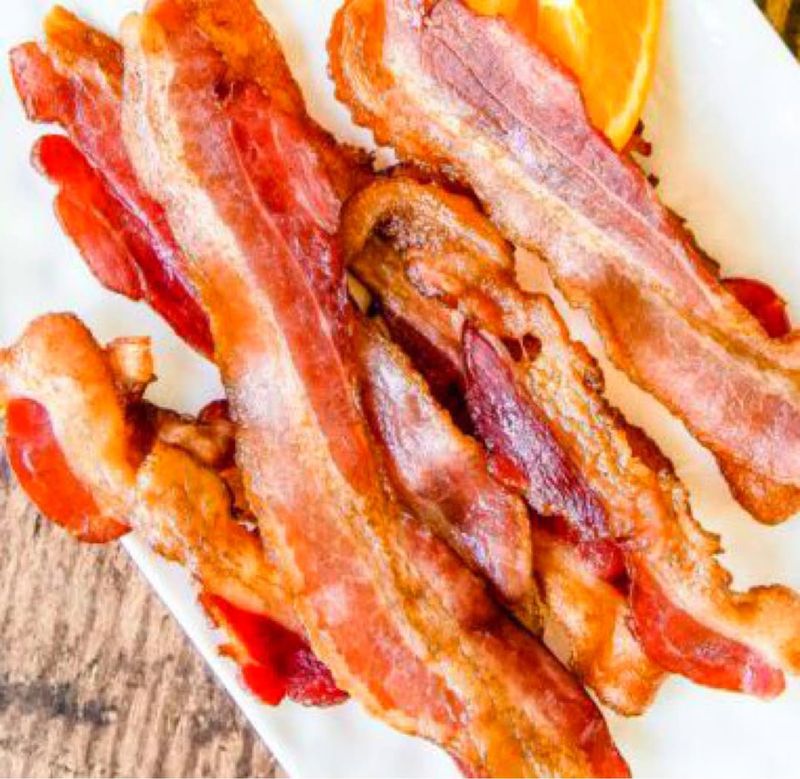
Bacon is inherently salty, so adding more is unnecessary. Additional salt can overpower its natural taste. Trust in bacon’s seasoning and avoid the shaker.
Salt can lead to excessive moisture loss. This affects texture and taste negatively. Let it shine without extra salt.
9. Forgetting To Drain

After cooking, bacon needs a moment to rest and drain. Skipping this step leaves it greasy.
Letting bacon drain on paper towels ensures a crisp finish. Excess grease detracts from flavor. Draining highlights bacon’s natural taste and crunch.
10. Not Using A Rack
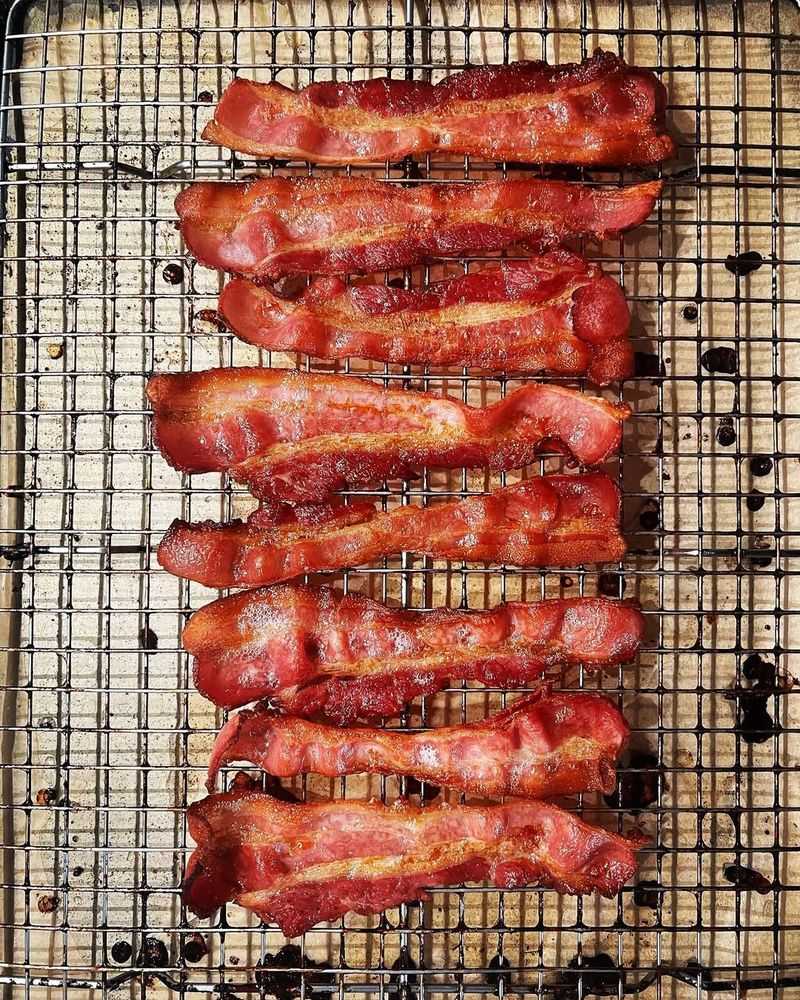
Cooking bacon on a rack ensures even heat distribution. The fat drips away, leaving a perfect crisp. A rack takes bacon from good to great.
Letting bacon rest on a rack guarantees even cooking. It prevents grease pooling and enhances texture. This simple tool elevates your bacon game.
11. Rushing The Process
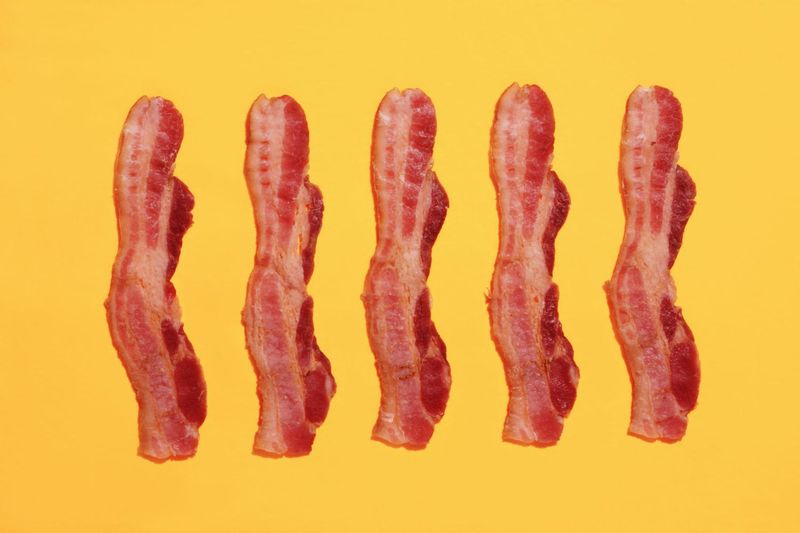
Good bacon takes time. Rushing leads to uneven cooking. Let bacon cook slowly to maximize flavor. Quick cooking sacrifices quality. Slow cooking allows fat to render perfectly.
Patience delivers a satisfying crunch. Allowing time transforms bacon into a culinary delight. Bacon rewards the patient cook with superior taste and texture.
12. Not Preheating The Oven
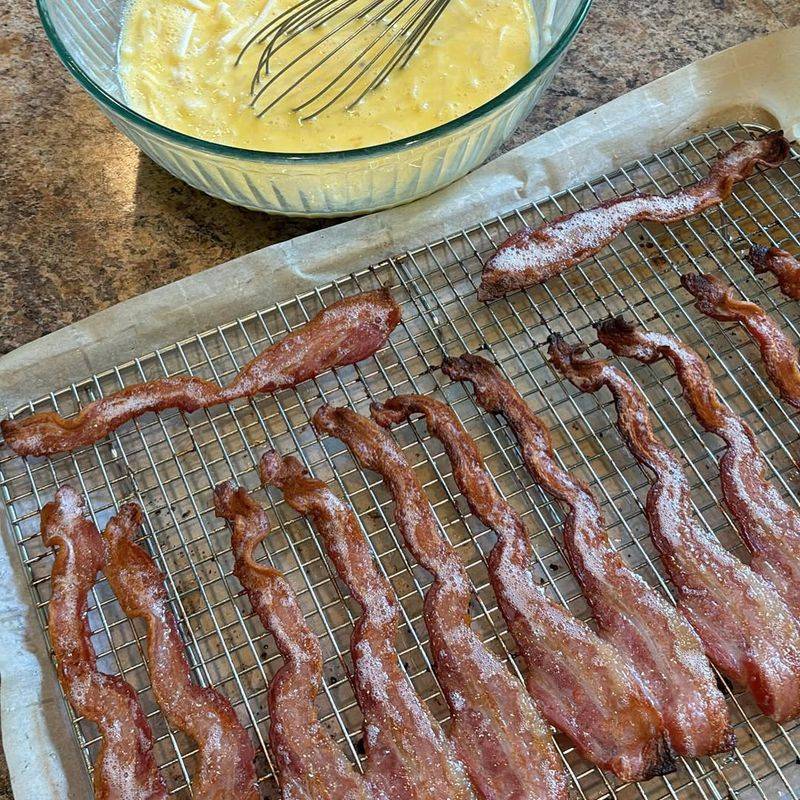
If baking bacon, preheat the oven. This ensures even cooking from start to finish. Skipping preheating results in inconsistent texture.
A preheated oven delivers uniform crispiness. It’s essential for achieving the perfect bite. Starting cold can lead to soggy bacon.
13. Using Non-Stick Spray
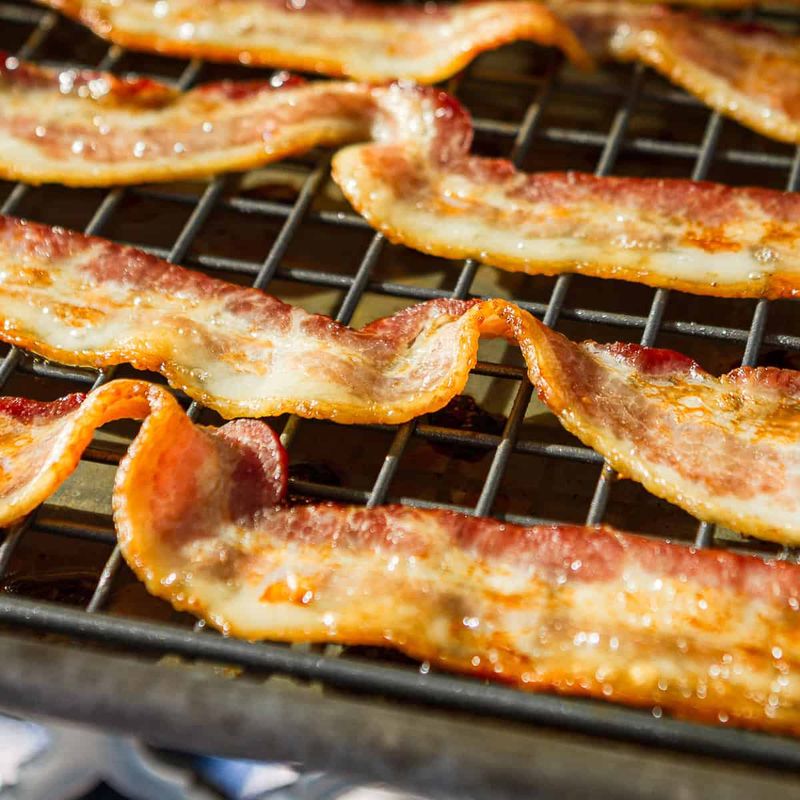
Bacon provides its own grease. Using non-stick spray is redundant. It can add unwanted flavors and create smoke. Trust bacon’s self-greasing ability.
The added oil can interfere with cooking. This results in an overly oily texture. Bacon loves its own space in the pan. Skip the spray for a cleaner cook.
14. Cooking At Improper Temperatures

Temperature matters when cooking bacon. Too low, and it becomes rubbery. Too high, and it’s burnt. Find the sweet spot for perfect bacon.
Temperature control is key to success. Bacon thrives at consistent temperatures. Use a thermometer if needed. Keep a close eye to avoid temperature pitfalls.
15. Not Considering Alternative Methods
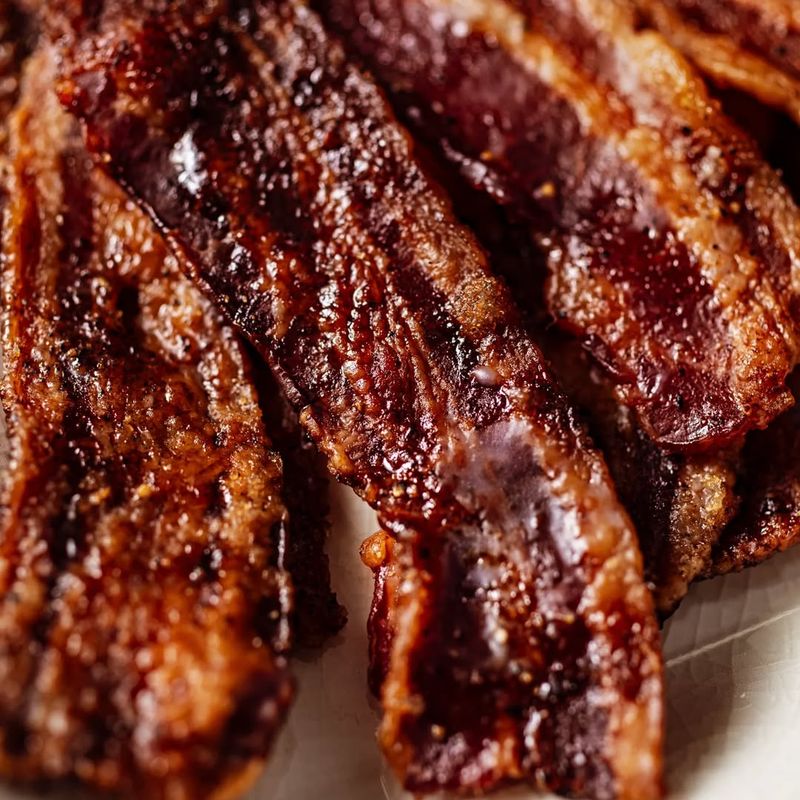
Traditional frying isn’t the only way. Explore methods like air frying for less grease. Each method offers unique benefits.
Alternative cooking styles can enhance bacon’s flavor. Try different techniques to find your favorite. Each method reveals a new side of bacon.

